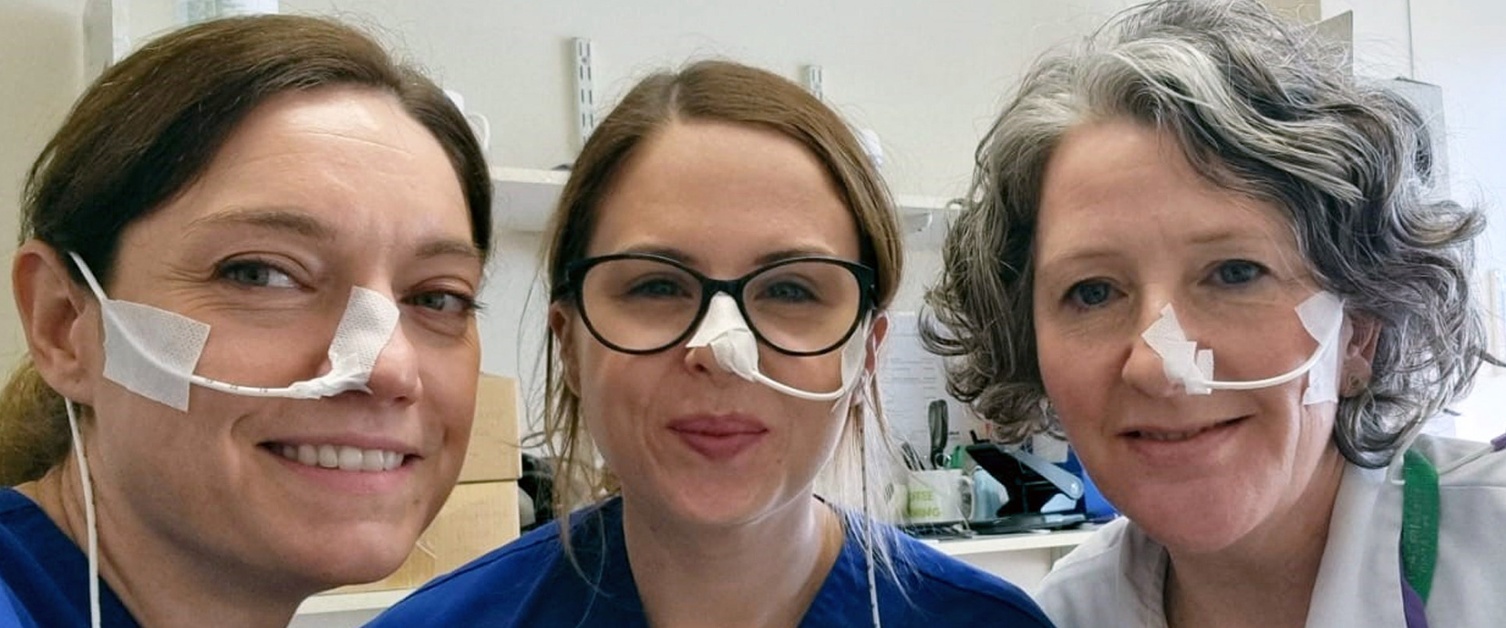
Image Source: Google
For patients who are unable to eat or swallow food safely, nasogastric (NG) tube feeding can be a crucial method of delivering necessary nutrition and hydration. This comprehensive guide is designed to help patients and caregivers navigate through the process of nasal tube feeding, providing essential information and tips to ensure a safe and effective feeding regimen.
Understanding Nasal Tube Feeding
What is Nasal Tube Feeding?
- Nasal tube feeding, also known as NG tube feeding, is the process of delivering liquid nutrition directly into the stomach through a tube inserted into the nose and down the esophagus.
- It is often used for patients who are unable to eat or swallow due to medical conditions such as dysphagia, neurological disorders, or severe illness.
- The tube is temporary and can be removed once the patient is able to resume normal eating and drinking.
Types of Nasal Tubes
- Nasogastric (NG) tube: Inserted through the nose and down into the stomach.
- Nasointestinal (NI) tube: Inserted through the nose and into the small intestine.
- Nasoduodenal (ND) tube: Inserted through the nose and into the beginning of the small intestine (duodenum).
Preparing for Nasal Tube Feeding
Placement and Insertion
- The tube will be inserted by a healthcare professional, typically a nurse or doctor, using a lubricated tube that is gently guided into the stomach.
- X-rays may be taken to ensure the tube is placed correctly.
- Once in place, the tube will be secured to the nose and face with tape or a securing device.
Care and Maintenance
- It is important to keep the tube clean and dry to prevent infections.
- Regular flushing with water and clearing any blockages is essential to keep the tube functioning properly.
- The tube may need to be repositioned if it becomes dislodged or uncomfortable.
Managing Nasal Tube Feeding
Feeding Schedule
- Follow the prescribed feeding schedule provided by your healthcare provider.
- Most patients receive continuous feeding or intermittent feeds throughout the day and night.
- Adjust the feeding rate as needed to prevent discomfort or complications.
Diet and Nutrition
- A nutritionist or dietitian may provide guidance on the type and amount of formula to use for tube feeding.
- It is important to maintain good hydration and prevent malnutrition while on tube feeding.
- Monitor weight and intake to ensure nutritional needs are being met.
Coping with Nasal Tube Feeding
Potential Challenges
- Discomfort or irritation around the nose or throat.
- Nausea, bloating, or vomiting may occur initially but can often be managed with adjustments.
- Potential tube dislodgment or clogging, requiring prompt attention.
Emotional Support
- It is common to feel overwhelmed or anxious about tube feeding, especially in the beginning.
- Seek support from friends, family, or a counselor to help cope with the emotional aspects of tube feeding.
- Joining a support group or online community can also provide valuable resources and encouragement.
Risks and Complications
Potential Risks
- Aspiration pneumonia if formula enters the lungs instead of the stomach.
- Infection at the insertion site or in the digestive tract.
- Fluid and electrolyte imbalances if not monitored closely.
Signs of Complications
- Fever, chills, or increased pain at the tube insertion site.
- Coughing, wheezing, or difficulty breathing during feeding.
- Unexplained weight loss or dehydration despite tube feeding.
Consulting with Healthcare Providers
Regular Check-ups
- Attend follow-up appointments with your healthcare team to monitor progress and address any concerns.
- Inform your healthcare provider of any changes in symptoms or difficulties with tube feeding.
- Discuss any adjustments to the feeding regimen or formula as needed.
Emergency Situations
- If you experience severe pain, vomiting, or signs of infection, seek immediate medical attention.
- Have a plan in place for emergencies, including contact information for healthcare providers and instructions for tube care.
- Be prepared to act quickly in case of tube dislodgment or other complications.